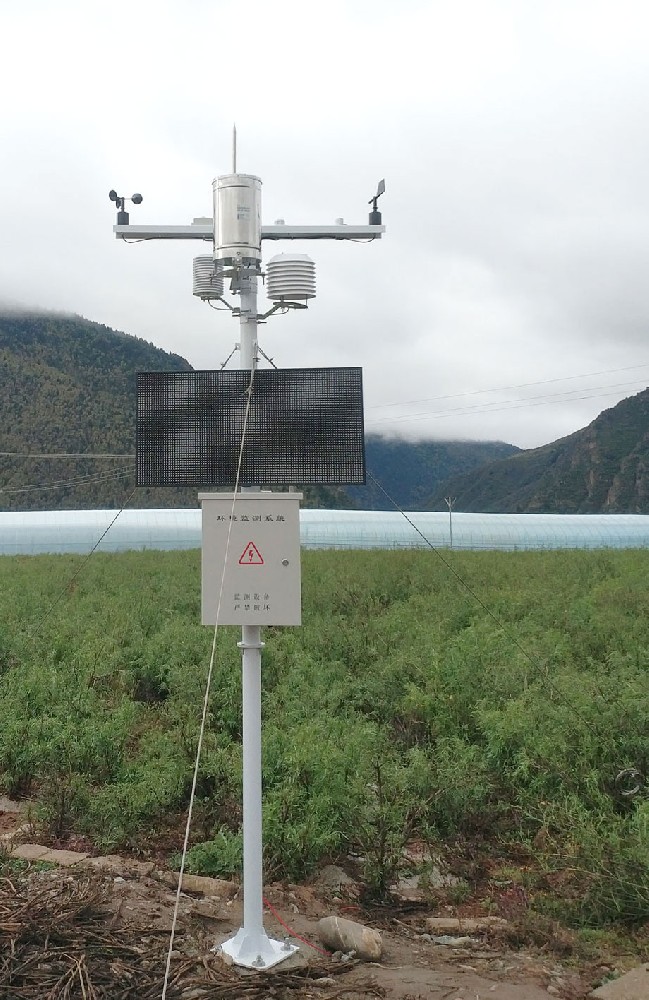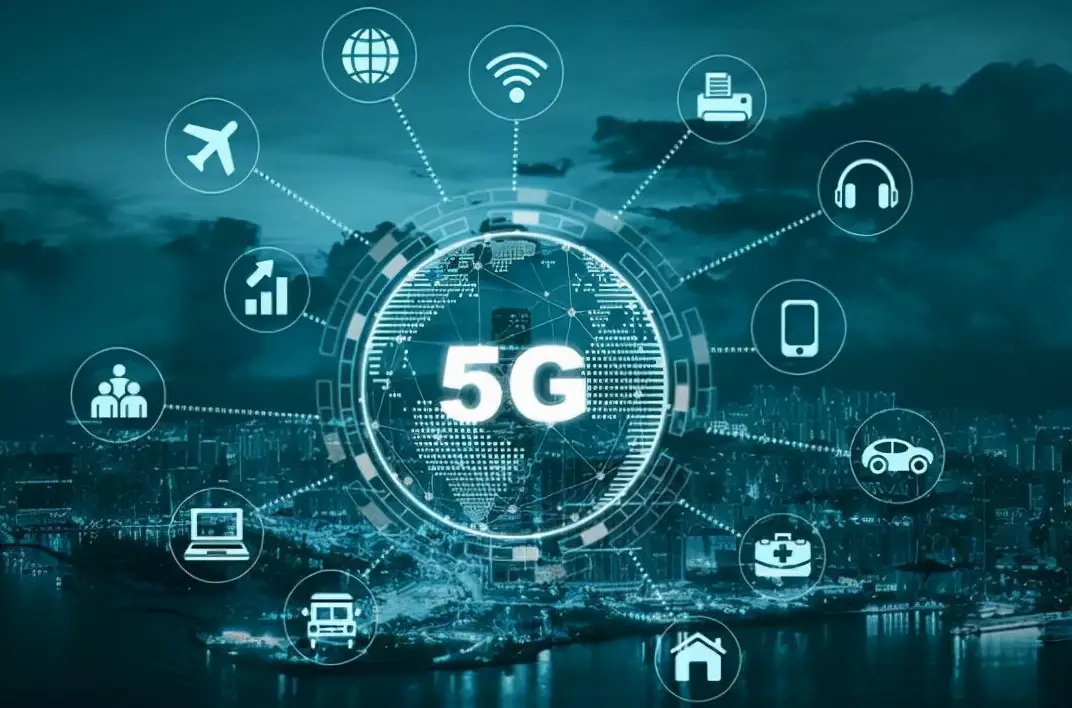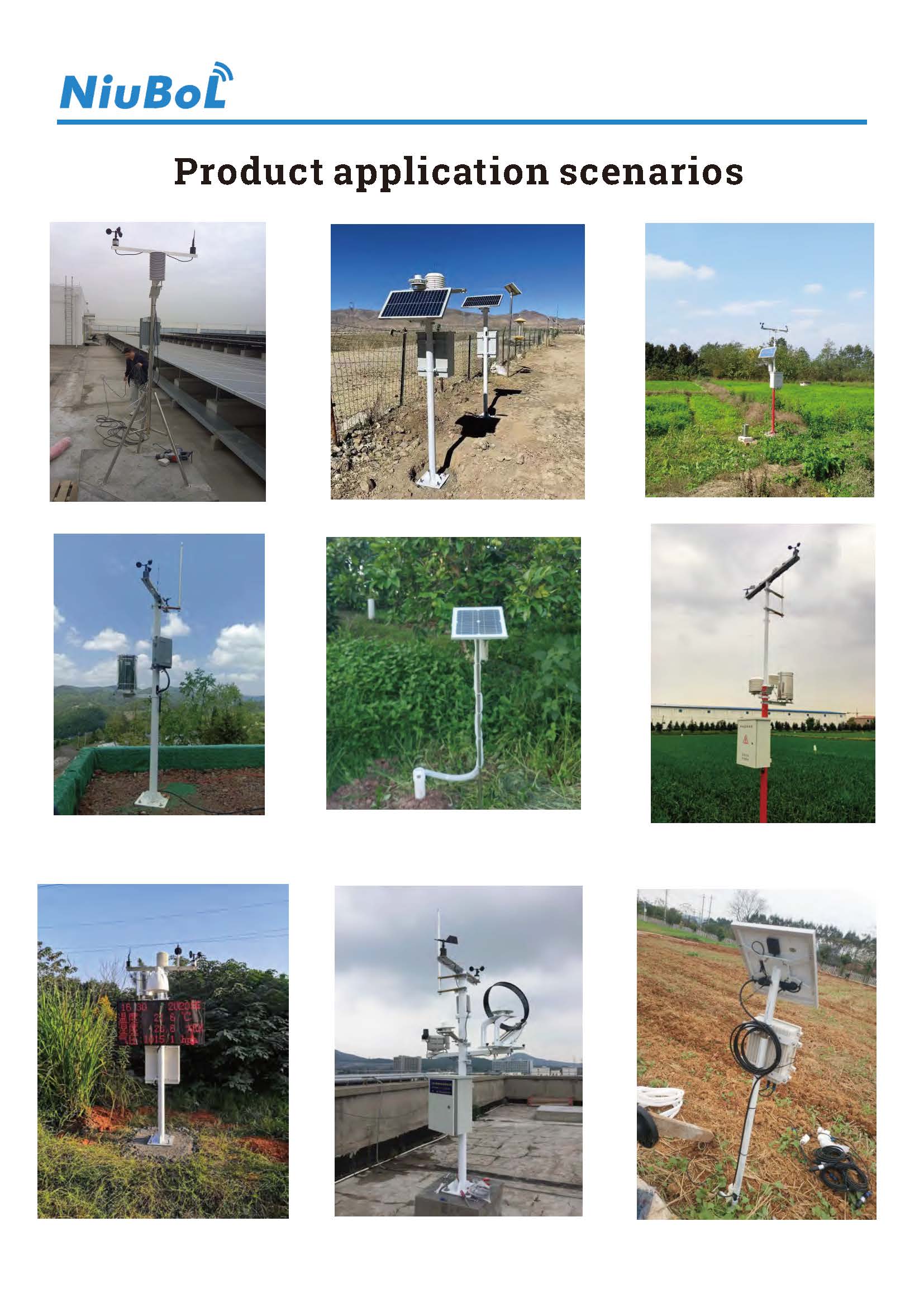

— Blogs —
—Products—
 Consumer hotline +8618073152920
Consumer hotline +8618073152920 WhatsApp:+8615367865107
Address:Room 102, District D, Houhu Industrial Park, Yuelu District, Changsha City, Hunan Province, China
Product knowledge
Time:2025-10-22 16:36:55 Popularity:398
5G, or "Fifth-Generation Mobile Communication Technology," is the communication standard following 4G, with core advantages including:
- Higher Peak Rates: Compared to 4G, 5G theoretically achieves download speeds of several Gb/s.
- Ultra-Low Latency: 5G supports ultra-reliable low-latency communication (uRLLC), reducing latency to millisecond levels. ([MDPI][1])
- Massive Connection Capacity: 5G's massive machine-type communications (mMTC) enable connections for hundreds of thousands, or even millions, of devices on the same network.
- Network Slicing and Private Network Capabilities: It allows for the division of different logical networks based on application scenarios, ensuring high-priority and extremely reliable communications.
In other words, 5G is not just "faster 4G," but a communication platform oriented toward "everything connected," "real-time control," and "massive devices." These features bring new possibilities to agricultural IoT.

IoT (Internet of Things) refers to a technical system that connects "things" to the internet via sensors, actuators, and communication modules, enabling remote monitoring, data collection, and intelligent control.
In agriculture, common forms of IoT include: soil moisture sensors, temperature/humidity sensors, weather station nodes, farm machinery positioning and tracking, crop stress monitoring devices, and more.
- End Nodes (Sensors + Acquisition Devices)
- Communication Network (e.g., LoRa, NB-IoT, 4G, 5G)
- Cloud Platform/Data Center (Data Storage, Cleaning, Analysis)
- Application Layer (Decision Support, Automated Control, Alert Systems)
In the context of agricultural IoT, it enables "field data" to be acquired in real-time, accumulated across spaces, and processed through algorithms, thereby supporting precision irrigation, fertilization, pest and disease monitoring, machinery operation optimization, and more.

As NiuBoL, we specialize in providing sensors and monitoring systems suitable for agricultural research and production scenarios. Our solutions feature:
- High-Precision Sensors (e.g., soil moisture, temperature, conductivity, meteorological parameters)
- Modular Communication Interfaces (supporting LoRa, WiFi, 4G/5G extensions)
- Field-Resilient, Weatherproof, Dustproof, and Waterproof Designs to adapt to complex environments like farmlands and greenhouses
- Cloud Platform Compatibility for data visualization, historical trend analysis, and decision model outputs
By deploying these sensors in fields, greenhouses, and farm machinery, NiuBoL is committed to transforming the bottlenecks of sparse and delayed traditional agricultural data into a real-time, continuous, and analyzable "data governance foundation." With the promotion of 5G, our systems have encountered a new upgrade opportunity.

Integrating 5G with agricultural IoT sensors offers many compelling reasons:
In agricultural scenarios, sensor nodes may be widely distributed: soil monitoring, weather nodes, drone imagery sensors, farm machinery trajectory tracking, and other devices could number in the thousands. 5G's mMTC capability supports high-density device connections, while traditional 4G or low-power networks (like LoRa) may be limited by connection numbers or signal coverage bottlenecks.
In agriculture, high-resolution imagery, drone video feedback, real-time robot control, or multi-parameter sensors uploading at extremely high frequencies are sometimes required. 5G's high bandwidth and low-latency features make this possible. For example, one study used a private 5G network to build an automated mushroom cultivation system, achieving uplink speeds of 147.5 Mbps and downlink speeds of 645.2 Mbps.
In scenarios like drone spraying, remote farm machinery control, and rapid pest and disease response, low-latency communication enables instantaneous system responses. 5G's uRLLC mode provides the underlying assurance for such "real-time control."

Agricultural environments vary greatly, with differences in communication coverage, device types, demand frequencies, and upgrade paths. 5G's network slicing, private network capabilities, and integration with edge computing and AI lay the foundation for future upgrades. Reviews indicate that the deep integration of 5G-IoT in agriculture is key to the development of future smart agriculture.
Agricultural IoT supported by 5G not only enables real-time monitoring but also supports next-generation agricultural forms such as drones, farm machinery automation, and robotic operations.
The combination of 5G and IoT in the field of agricultural sensors can be said to propel agriculture from "passive monitoring" into a new stage of "real-time response" and "intelligent control."
In summary, for agricultural sensor systems, 5G is not just a communication upgrade but an "overall system capability" enhancement—making sensing, communication, analysis, and control more integrated, real-time, and scalable.
For agricultural research, farm operations, and monitoring system deployers, understanding the importance of this integration can help you make "future-oriented" decisions in sensor selection, communication architecture, system upgrades, and long-term operations. NiuBoL is committed to providing you with the hardware, solutions, and services to support this future-oriented path.
Prev:Future-Proofing Your Agriculture Monitoring Investments
Next:How Startups Are Innovating in the IoT Agriculture Sector
Related recommendations
Sensors & Weather Stations Catalog
Agriculture Sensors and Weather Stations Catalog-NiuBoL.pdf
Weather Stations Catalog-NiuBoL.pdf
Related products
 Combined air temperature and relative humidity sensor
Combined air temperature and relative humidity sensor Soil Moisture Temperature sensor for irrigation
Soil Moisture Temperature sensor for irrigation Soil pH sensor RS485 soil Testing instrument soil ph meter for agriculture
Soil pH sensor RS485 soil Testing instrument soil ph meter for agriculture Wind Speed sensor Output Modbus/RS485/Analog/0-5V/4-20mA
Wind Speed sensor Output Modbus/RS485/Analog/0-5V/4-20mA Tipping bucket rain gauge for weather monitoring auto rainfall sensor RS485/Outdoor/stainless steel
Tipping bucket rain gauge for weather monitoring auto rainfall sensor RS485/Outdoor/stainless steel Pyranometer Solar Radiation Sensor 4-20mA/RS485
Pyranometer Solar Radiation Sensor 4-20mA/RS485
Screenshot, WhatsApp to identify the QR code
WhatsApp number:+8615367865107
(Click on WhatsApp to copy and add friends)
